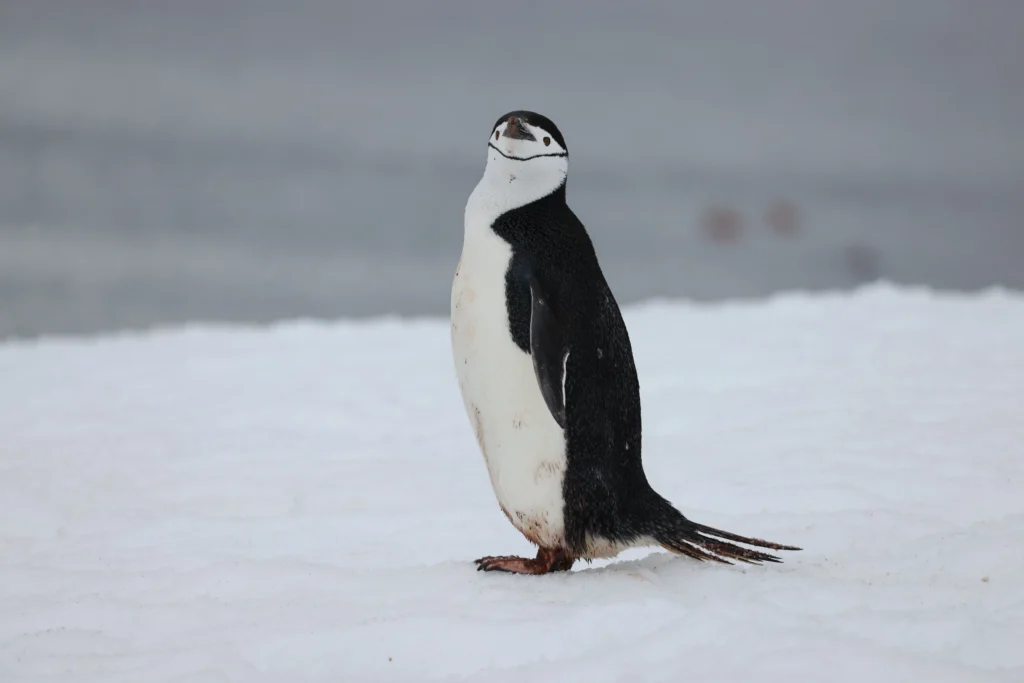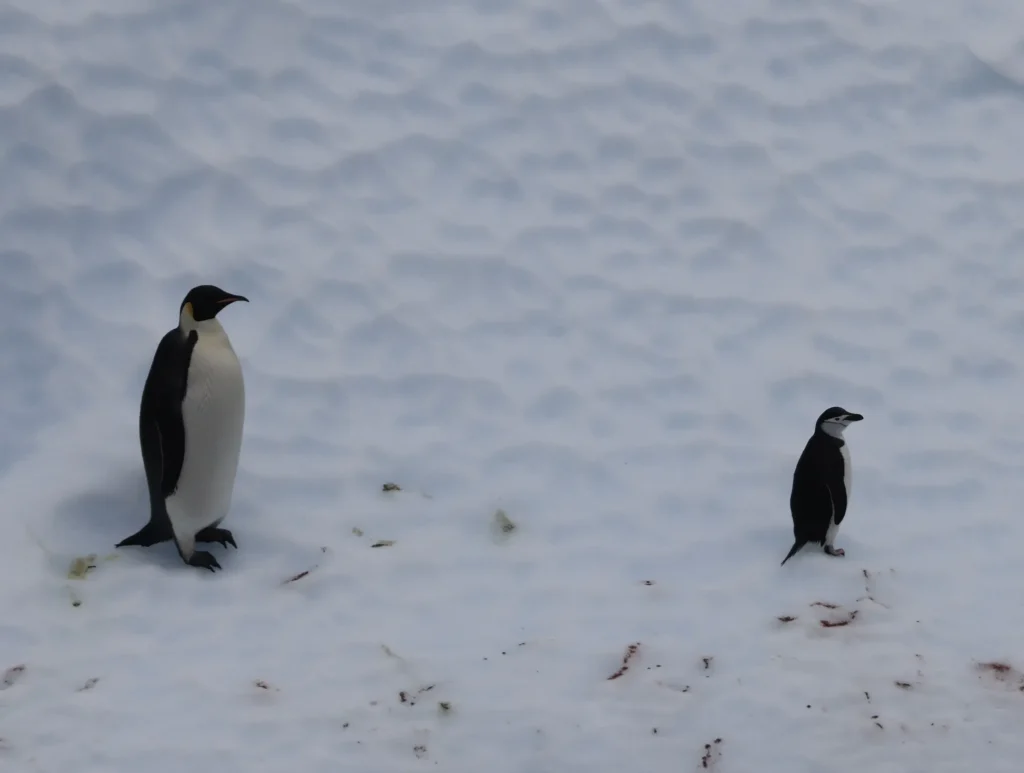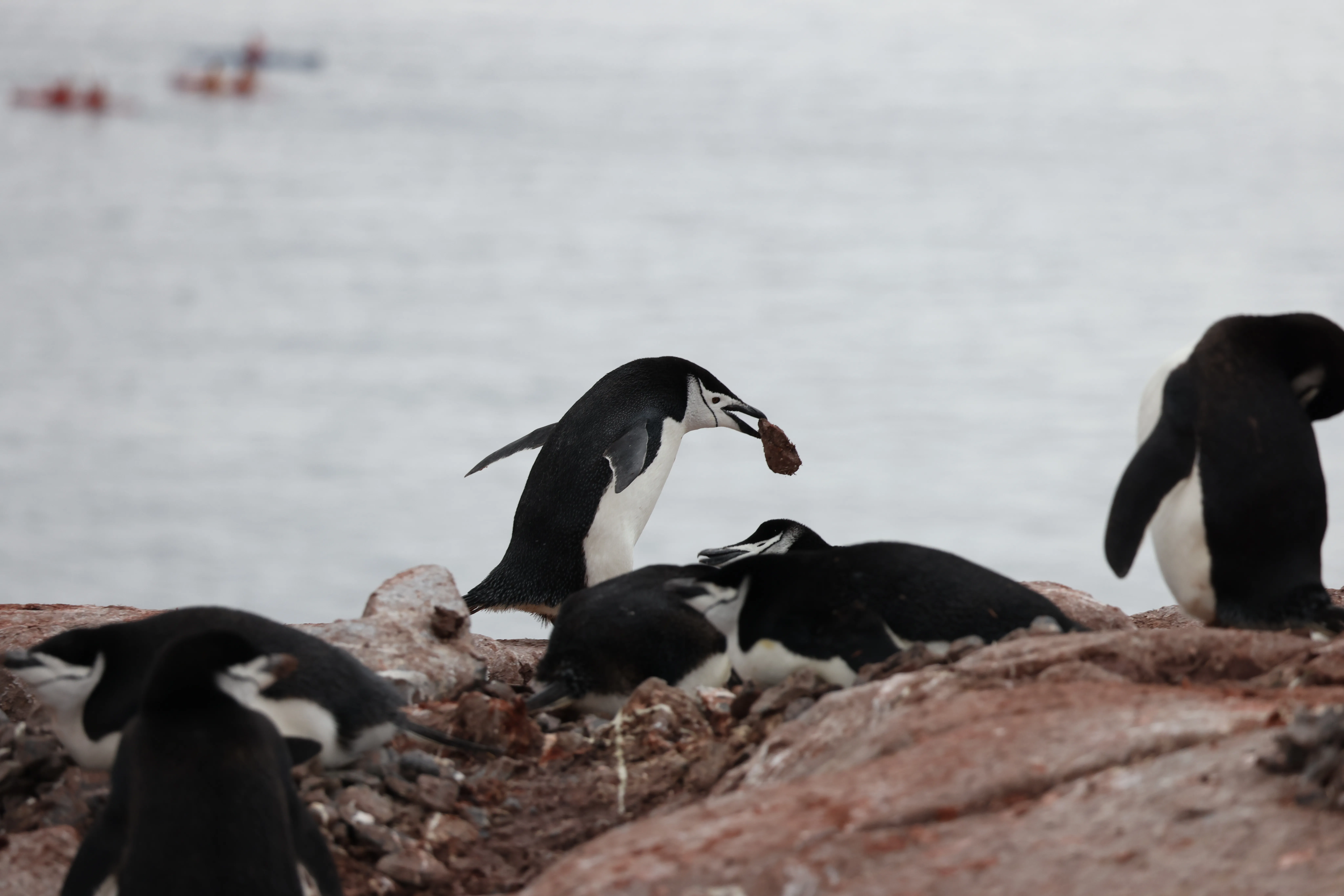Six species are found on Antarctica
Antarctica is a harsh place to live, and the real numbers tell us that despite being home to some of the world’s most fascinating and unique creatures, you can mainly spot whales and Penguins down there.
In Antarctica there are six species of penguins, but surely on a regular Antarctica cruise you could only spot three or four of them.
Penguins are well adapted to the harsh, cold environment of the southern hemisphere and play a vital role in the ecosystem of the region.
There are currently six species of penguins found in Antarctica
- Emperor Penguin: The largest of all penguins, the Emperor Penguin can grow up to four feet tall and weigh up to 90 pounds. These birds are well known for their annual breeding rituals, which take place on the sea ice during the harsh Antarctic winter.
- Adelie Penguin: The Adelie Penguin is a small and energetic bird that is found along the coast of Antarctica. They are excellent swimmers and divers and feed primarily on krill and small fish.
- Chinstrap Penguin: The Chinstrap Penguin is easily recognizable by the black band that runs under its chin, giving it its name. These birds are abundant in the Antarctic Peninsula, where they breed in large colonies and feed on krill, squid, and small fish.
- Gentoo Penguin: The Gentoo Penguin is one of the fastest swimming penguins and is known for its distinctive white eyebrows and bright orange beak. These birds are found along the coast of Antarctica and feed on krill, fish, and squid.
- King Penguin: The King Penguin is the second largest penguin species and is found on sub-Antarctic islands. These birds feed on small fish and squid and have a distinctive yellow feather tuft on their heads.
- Macaroni Penguin: The Macaroni Penguin is named after its distinctive yellow crest and is found along the coast of Antarctica and on sub-Antarctic islands. These birds feed on krill, squid, and small fish and are known for their loud, braying calls.

The sad thing about penguins and the fascination among tourist and people
Penguins play an important role in the Antarctic ecosystem by serving as both predators and prey. They are an important food source for seals, whales, and other predators, and also help to control the populations of krill and other small creatures that make up their diet.
In addition to their ecological importance, penguins are also popular with tourists and scientists who visit Antarctica. These birds are fascinating to observe and provide a window into the unique and harsh environment of the southern hemisphere.



